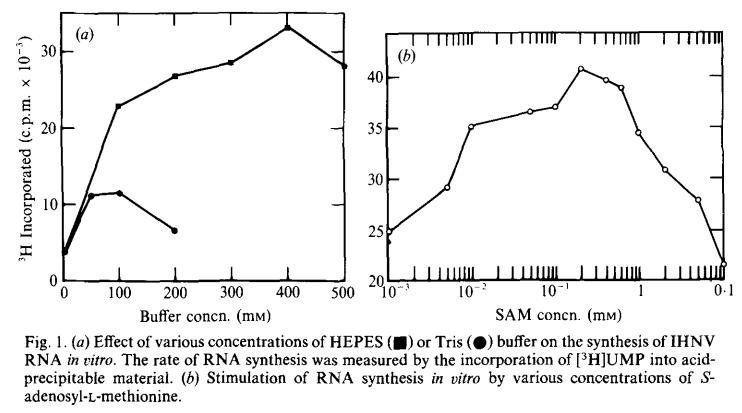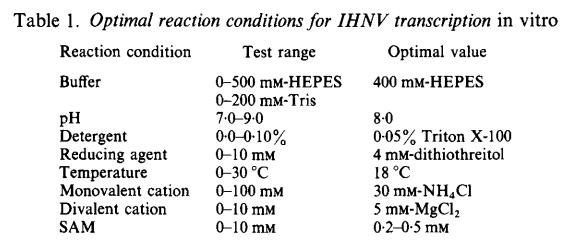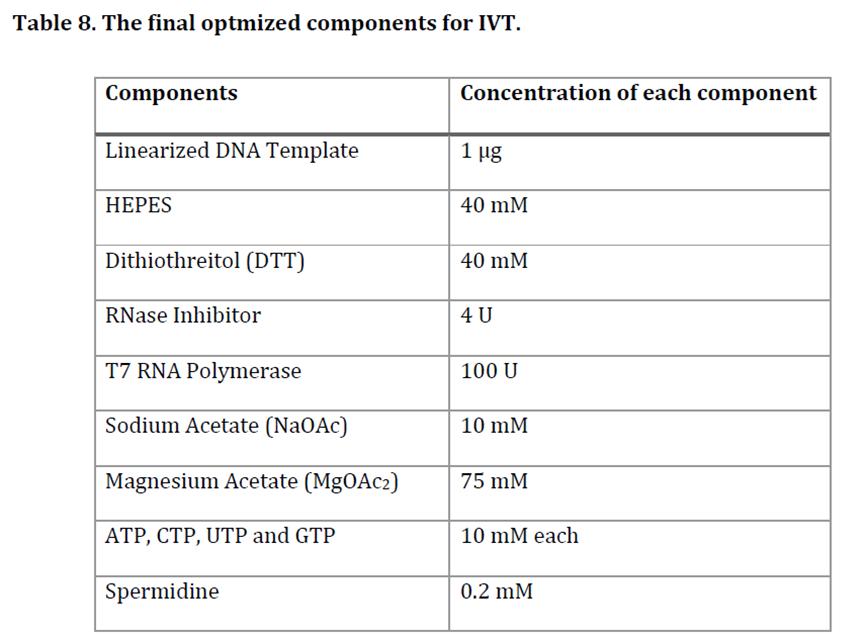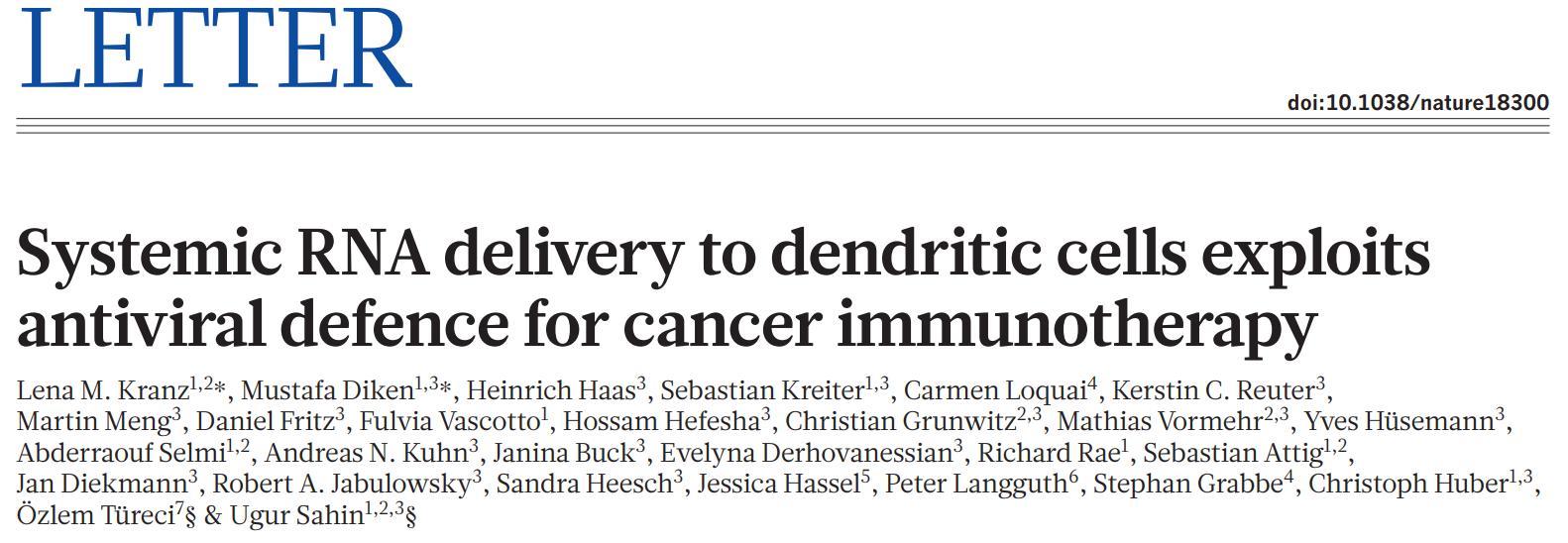The EMA review report for Pfizer/BioNTech’s COVID-19 vaccines mentioned that the manufacturing of active substance for the vaccine BNT162b2 consists of five key steps. Among them, RNA molecules are synthesized from linear DNA by an in vitro transcription (IVT)
followed by multistep purification and filtration.
The report recommended that the Sponsor implement testing strategies to ensure adequate microbial control of the starting material and that HEPES buffer in the buffer formulation is RNase free.
Regarding excipient specifications, the report stated that the processing aid ethanol and citric acid buffer should be controlled according to the European Pharmacopoeia (Ph.Eur.), with HEPES buffer and EDTA specifications set against that of the active substance.
From the above, Pfizer/BioNTech used HEPES buffer in the manufacturing of mRNA COVID-19 vaccines. The review report also emphasized the need for HEPES buffer to be RNase free.
Based on the paper on the LPX-mRNA formulation published by BioNTech in 2016, HEPES buffer was used in the company’s mRNA stock solution. It could be inferred that BioNTech used HEPES as a buffer system for RNA stock solution during the manufacturing of its mRNA COVID-19 vaccines.
HEPES was used as the buffer in the mRNA stock solution, which may be closely related to IVT of RNA polymerase.
The use of HEPES buffer pair for the IVT reaction was reported in a study as early as 1987. In the study, the RNA polymerase of infectious hematopoietic necrosis virus (IHNV) was investigated for IVT under different reaction conditions. The results showed that HEPES buffer could maximize IVT efficiency compared with Tris buffer.


The study showed that, compared with tromethamine TRIS buffer, RNA synthesis was threefold higher when HEPES was used as the buffer (Fig. 1a), and the optimal concentration of HEPES buffer was 400 mM.
Robin Shattock, director of the Department of Infectious Diseases at Imperial College of Science, Technology and Medicine, is an authoritative expert in the field of mRNA vaccines and works in close cooperation with BioNTech, PNI and other leading biopharmaceutical companies. His team published a paper on the optimization of IVT of saRNA in 2021 and stated that the use of 40 mM HEPES as a buffer for IVT reaction contributes to higher IVT efficiency. The conclusion was made by screening and investigating the primary factors that affect the IVT of saRNA.

According to the paper on the LPX-mRNA formulation published by BioNTech in 2016, the buffer used in the company’s mRNA stock solution was HEPES. In the study, RNA-LPX was prepared by preparing 1 mg/mL RNA stock solution using HEPES buffer.

According to the relevant literature, HEPES has advantages as the buffer for IVT reaction, which we believe is the reason why BioNTech uses HEPES buffer pair as the buffer system for its mRNA stock solution.
1. The pKa of HEPES varies very little with temperature, and the pH shifts little with temperature.
2. The properties are stable. HEPES, on one hand, does not complex with other ions and affect other ion functions; on the other hand, the presence of other ions does not affect the buffering capacity of HEPES.
3. The pH in the cell culture medium is mainly maintained by bicarbonate and 5% CO2 in the medium. When the cells are in an open environment, CO2 escape may lead to a rapid rise in pH out of the physiological range, but it is not an issue for the media supplemented with HEPES buffer pairs.
4. HEPES cannot easily cross biofilms and does not interfere with biochemical reactions within cells.
1. Due to the presence of the piperazine moiety, H2O2 is produced when HEPES is exposed to light, which is toxic to cultured cells or other biologically active substances. HEPES should not be used in combination with redox-sensitive substances. HEPES as a buffer should be used out of direct sunlight.
2. HEPES is commonly used at concentrations of 10-25 mM in biochemical products. It has a weak buffering capacity when the concentration is lower than 10 mM, and may have a toxic effect on some cells when the concentration is higher.
AVT Ltd supplies parenteral-grade trehalose, sucrose, TRIS/TRIS-HCl buffer, HEPES buffer and other bioprotectants and buffer solutions on a permanent basis. Our DNase& RNase-free parenteral-grade products with ultra-low endotoxin are manufactured in accordance with the current GMP, and have registered in both China and America, meeting the pharmacopoeia standards of major countries. With our products, we contribute to your manufacturing and registration in China and/or other countries of recombinant protein vaccines, mRNA vaccines, adenovirus vector vaccines, liposomes, single and double antibodies, ADCs and other biological drugs!
References:
1. GAEL KURATH* t, LEONG J C. Transcription in vitro of Infectious Haematopoietic Necrosis Virus, a Fish Rhabdovirus [J]. The Journal of general virology, 1987(68): 1767-1771.
2. Samnuan K, Blakney AK, McKay PF, Shattock RJ. Design-of-Experiments In Vitro Transcription Yield Optimization of Self-Amplifying RNA. bioRxiv; 2021.
3. EMA Assessment report,Common name: COVID-19 mRNA vaccine (nucleoside-modified).